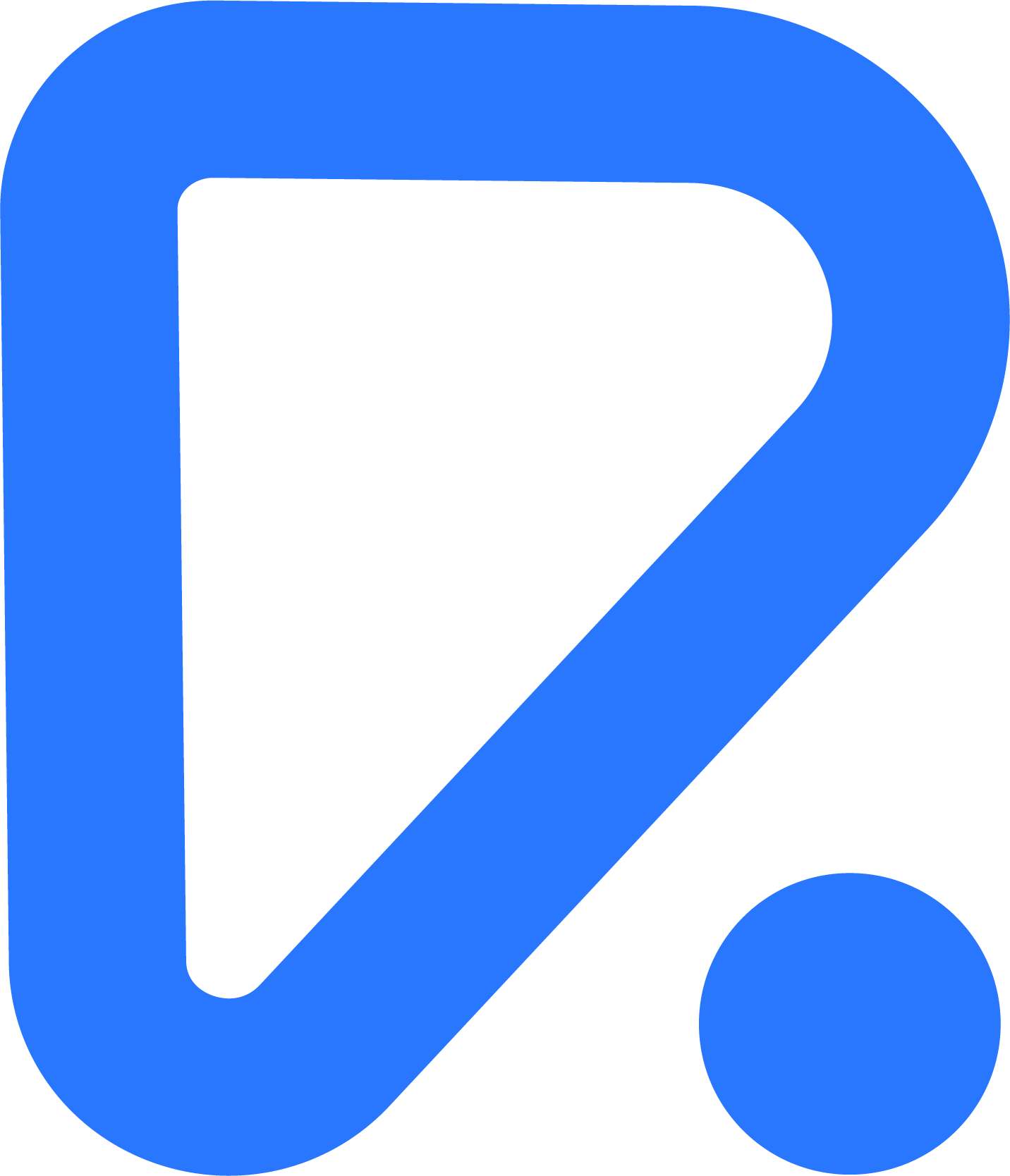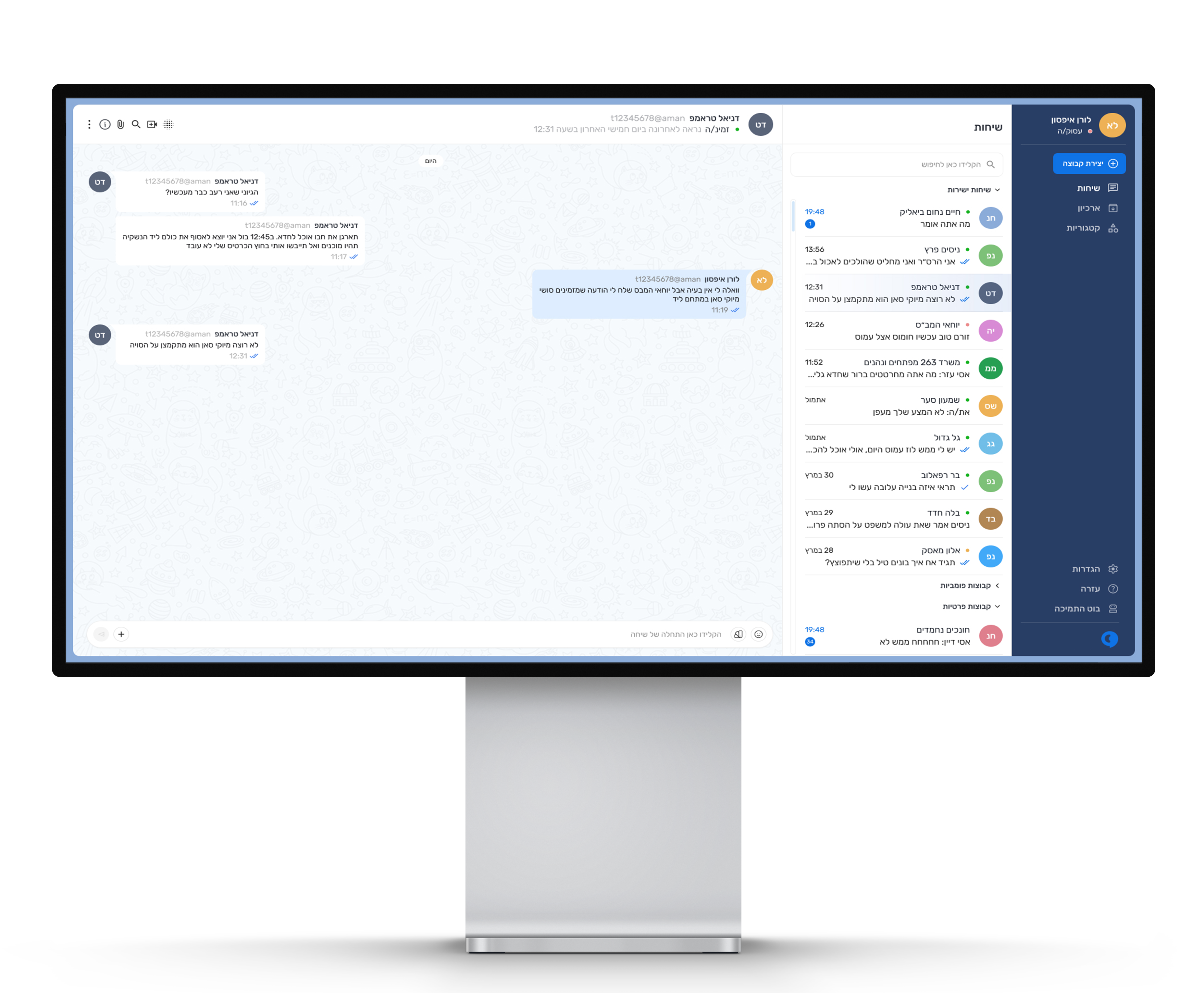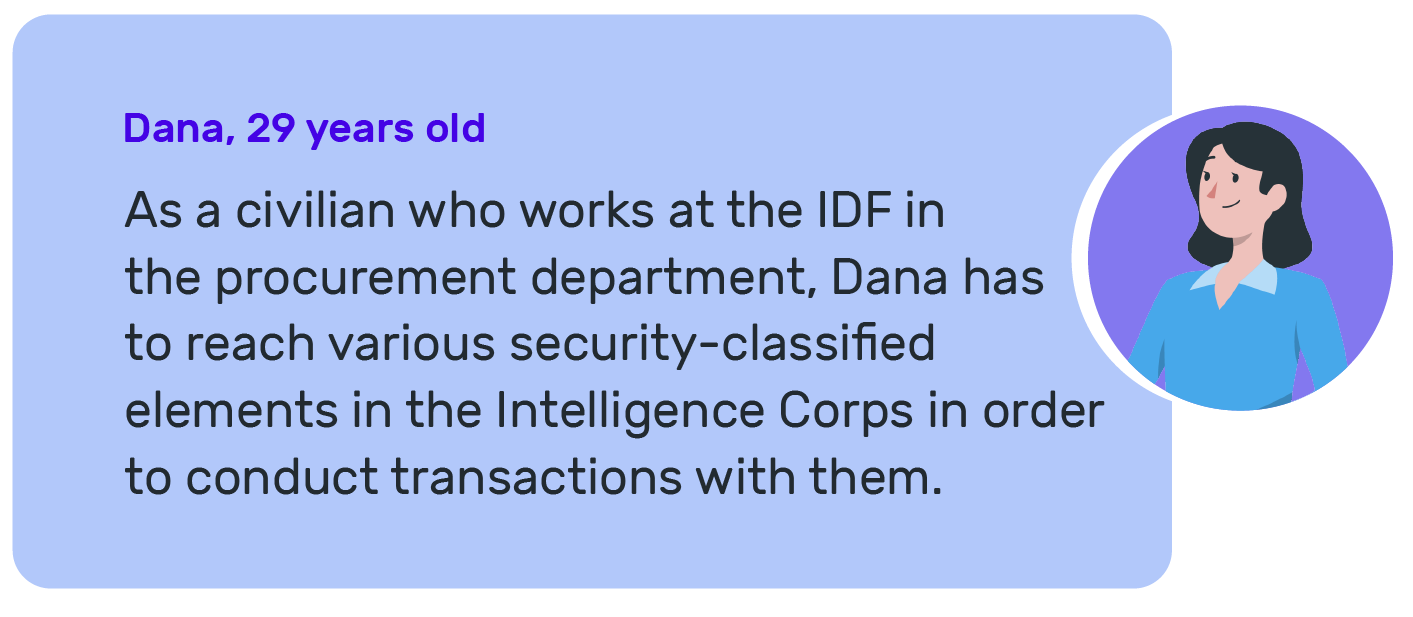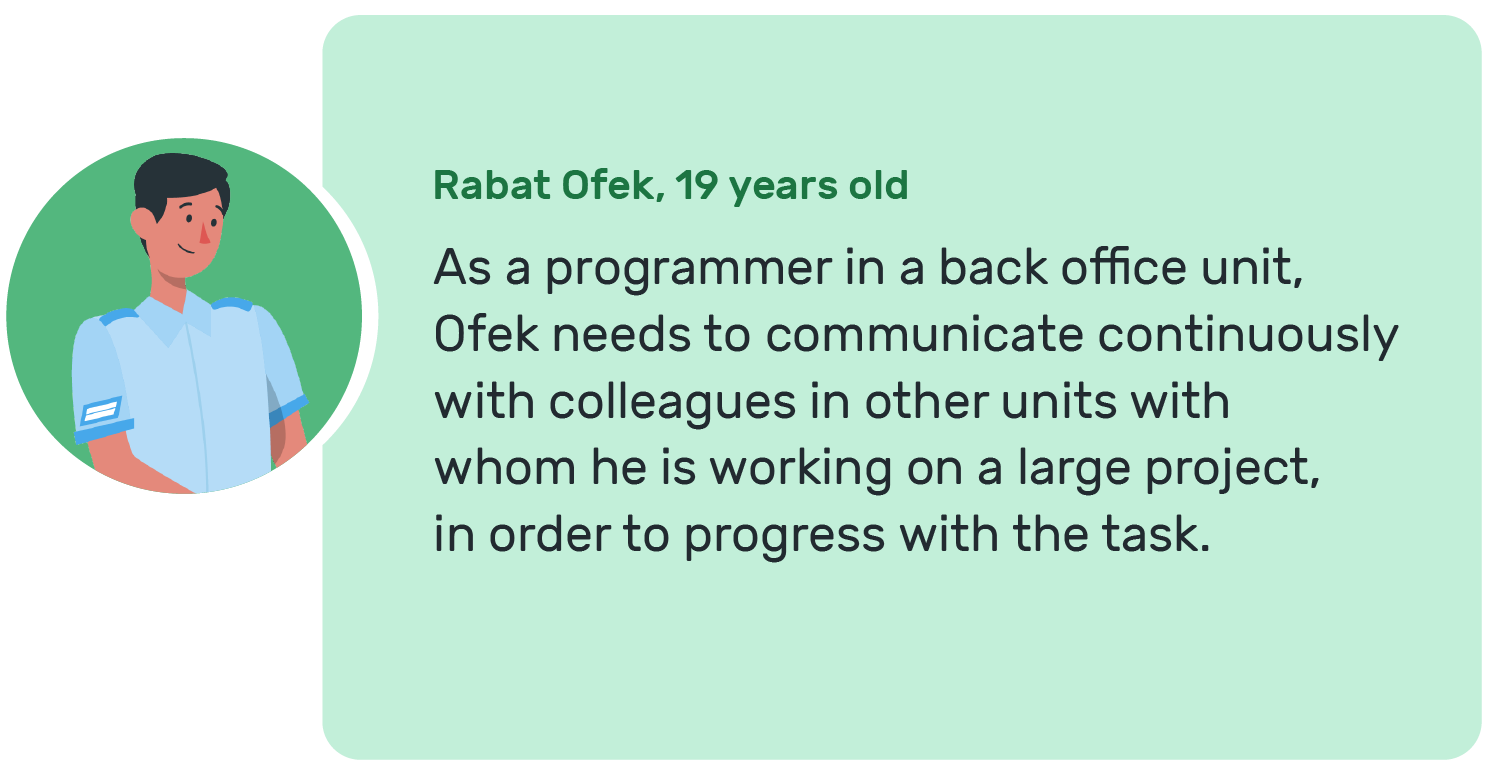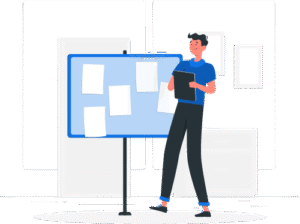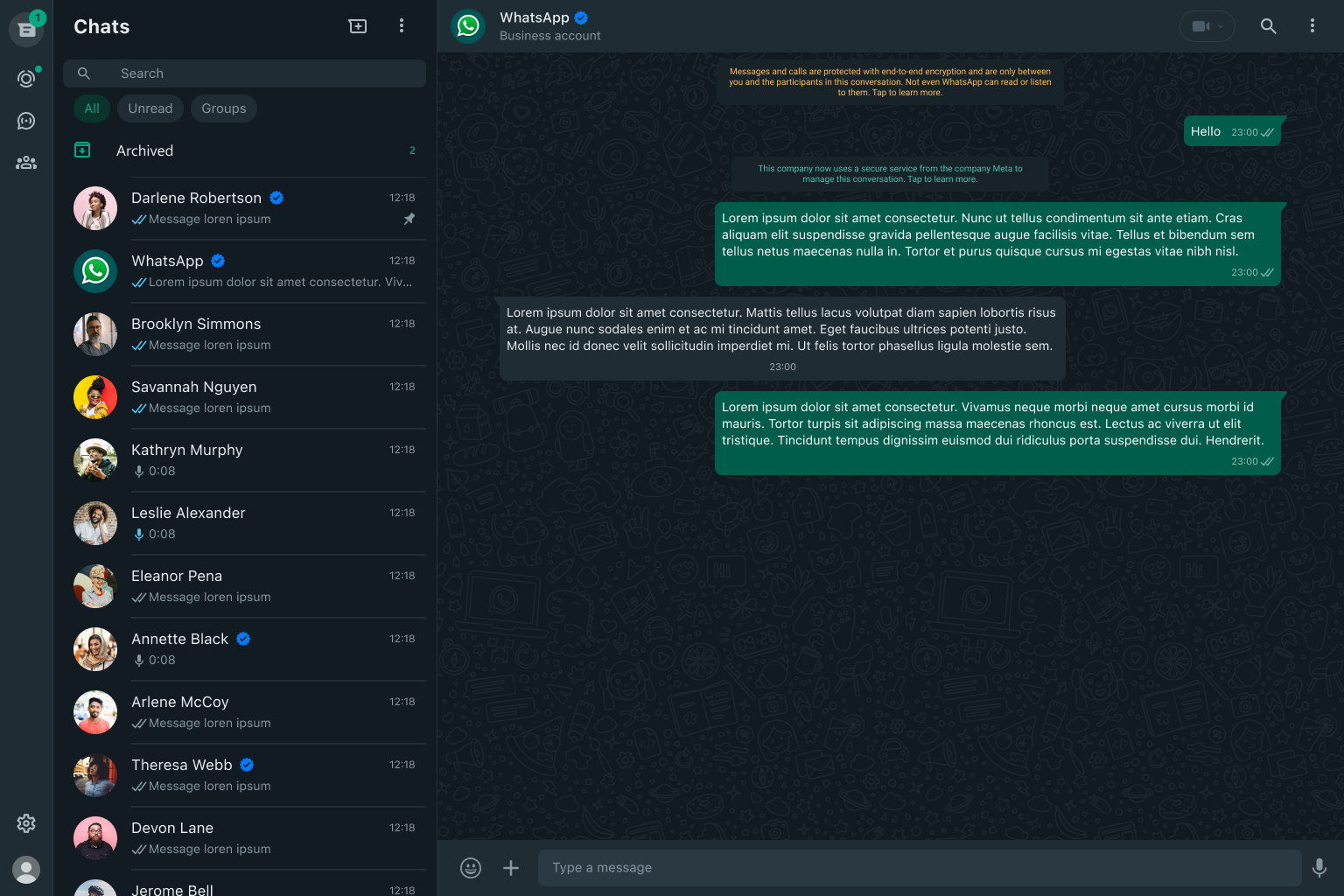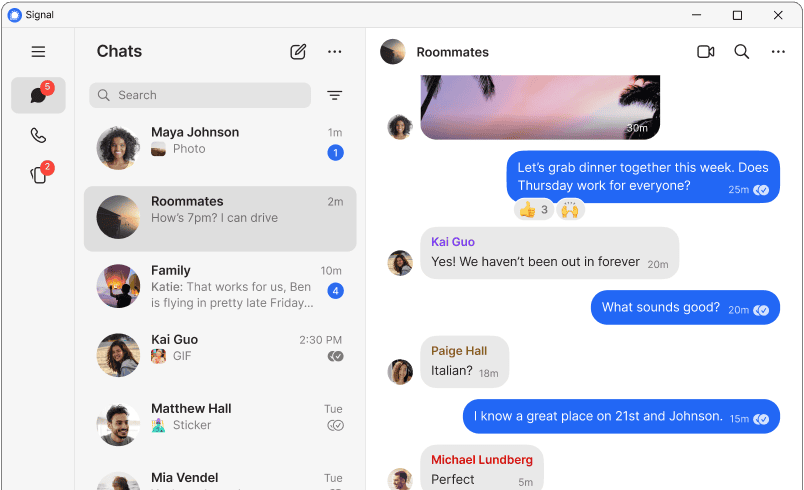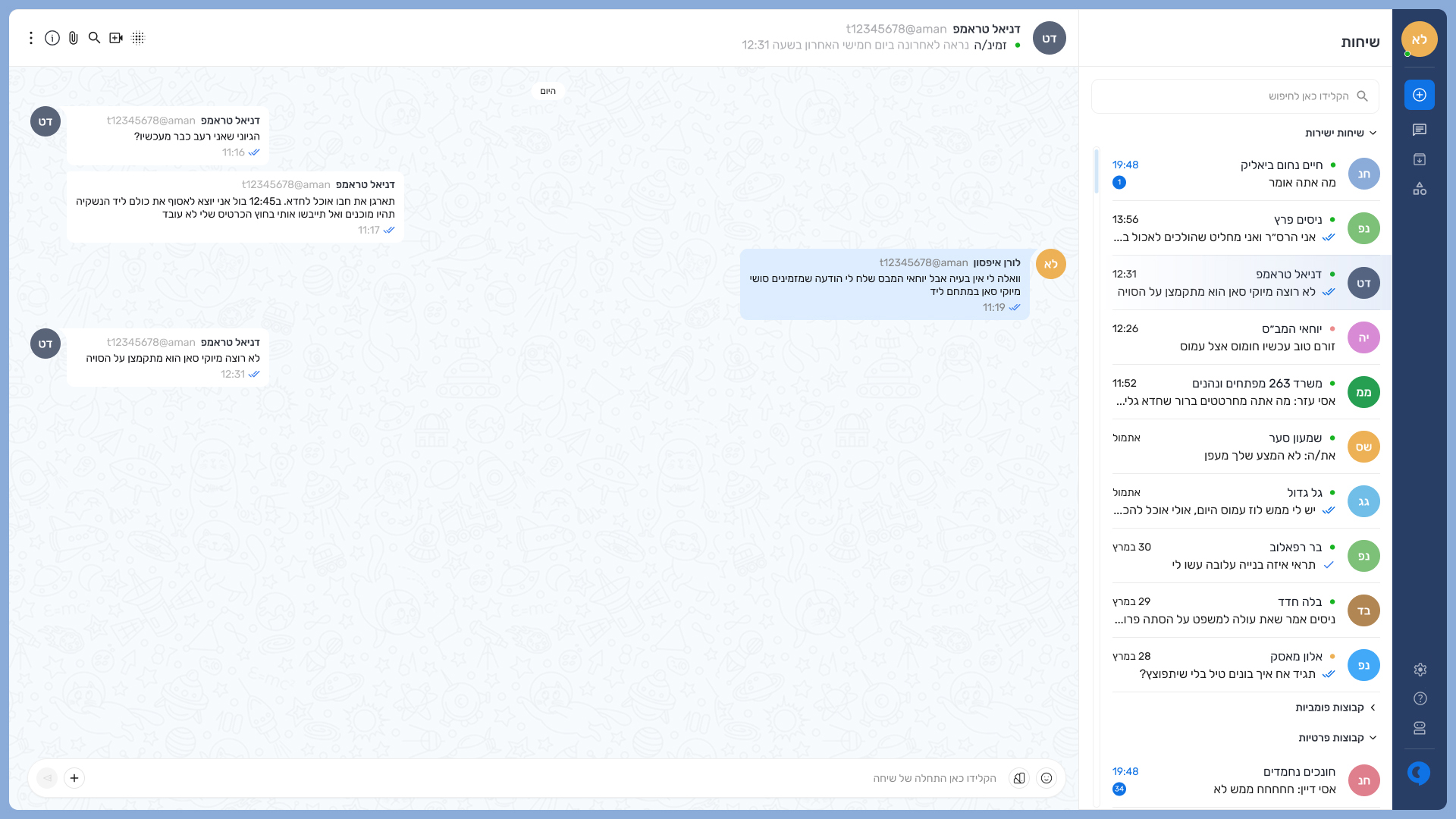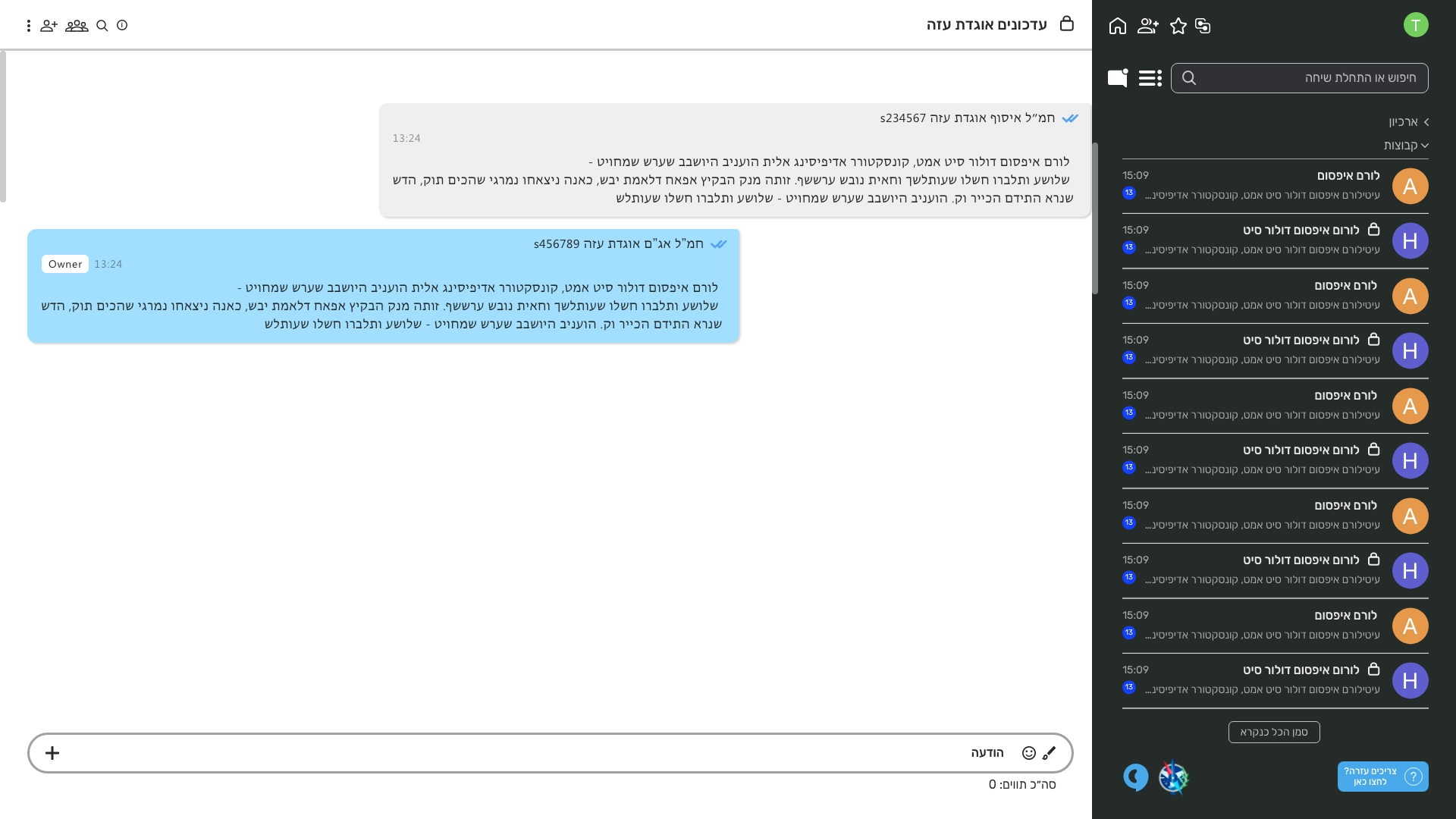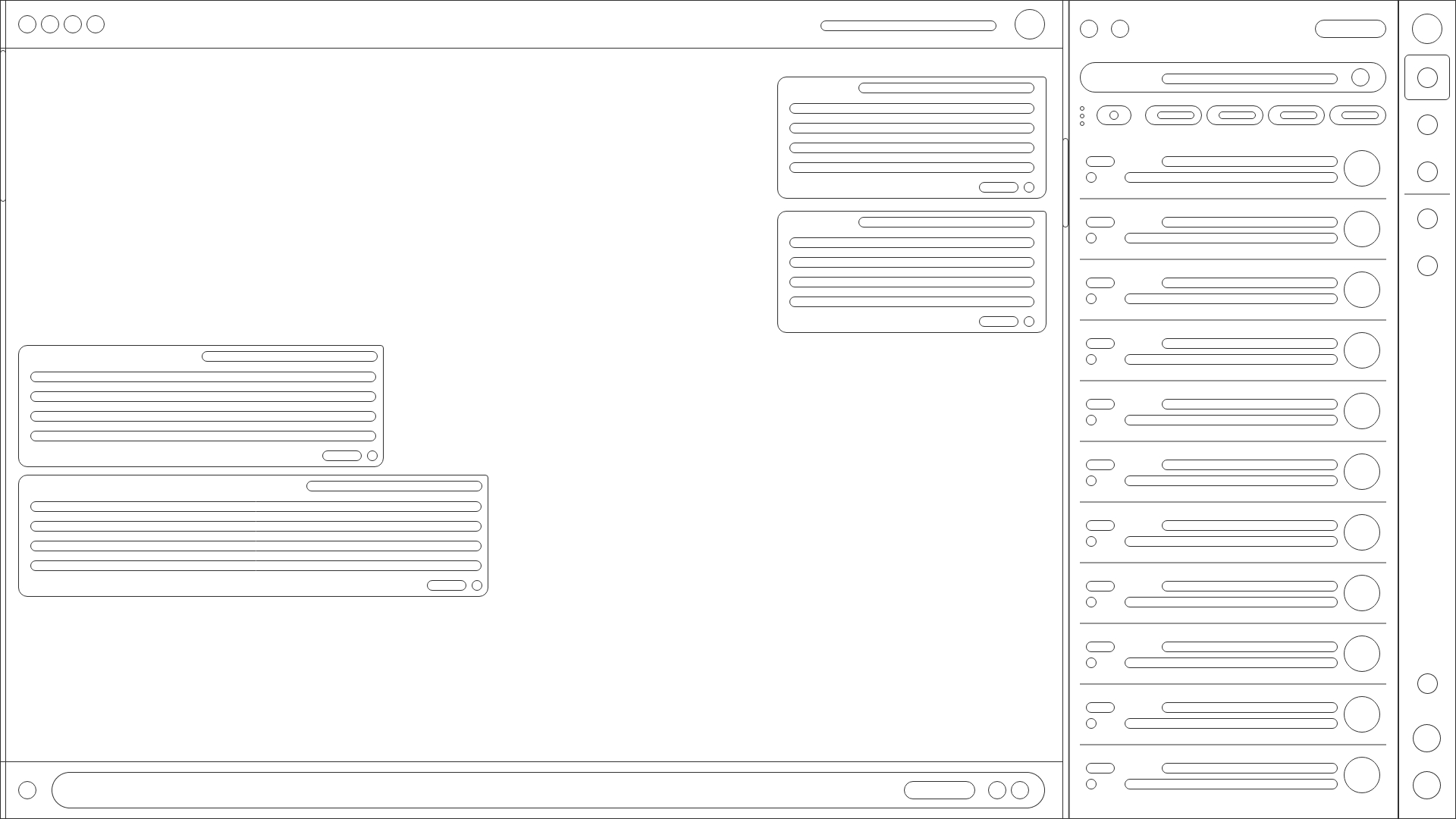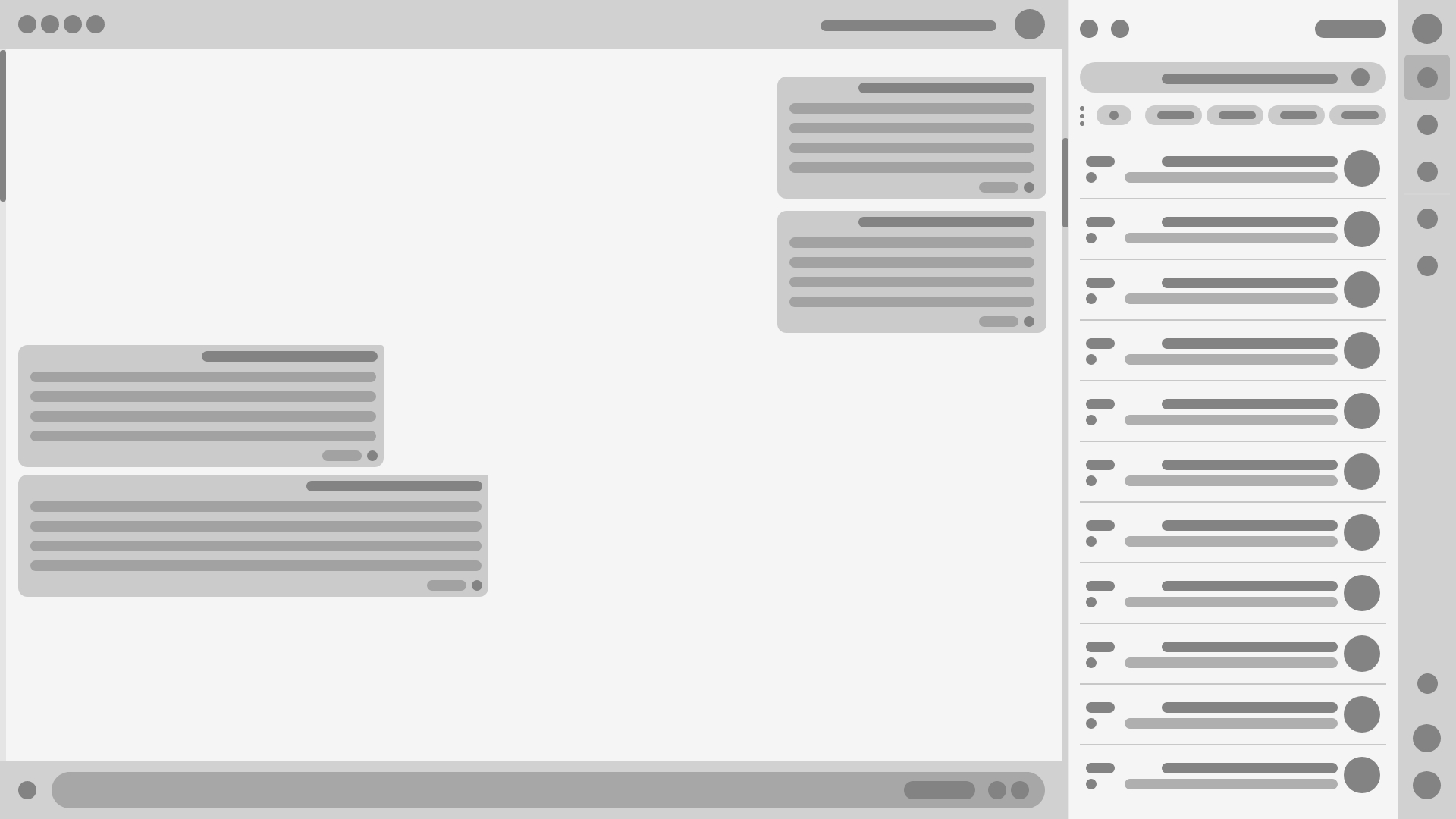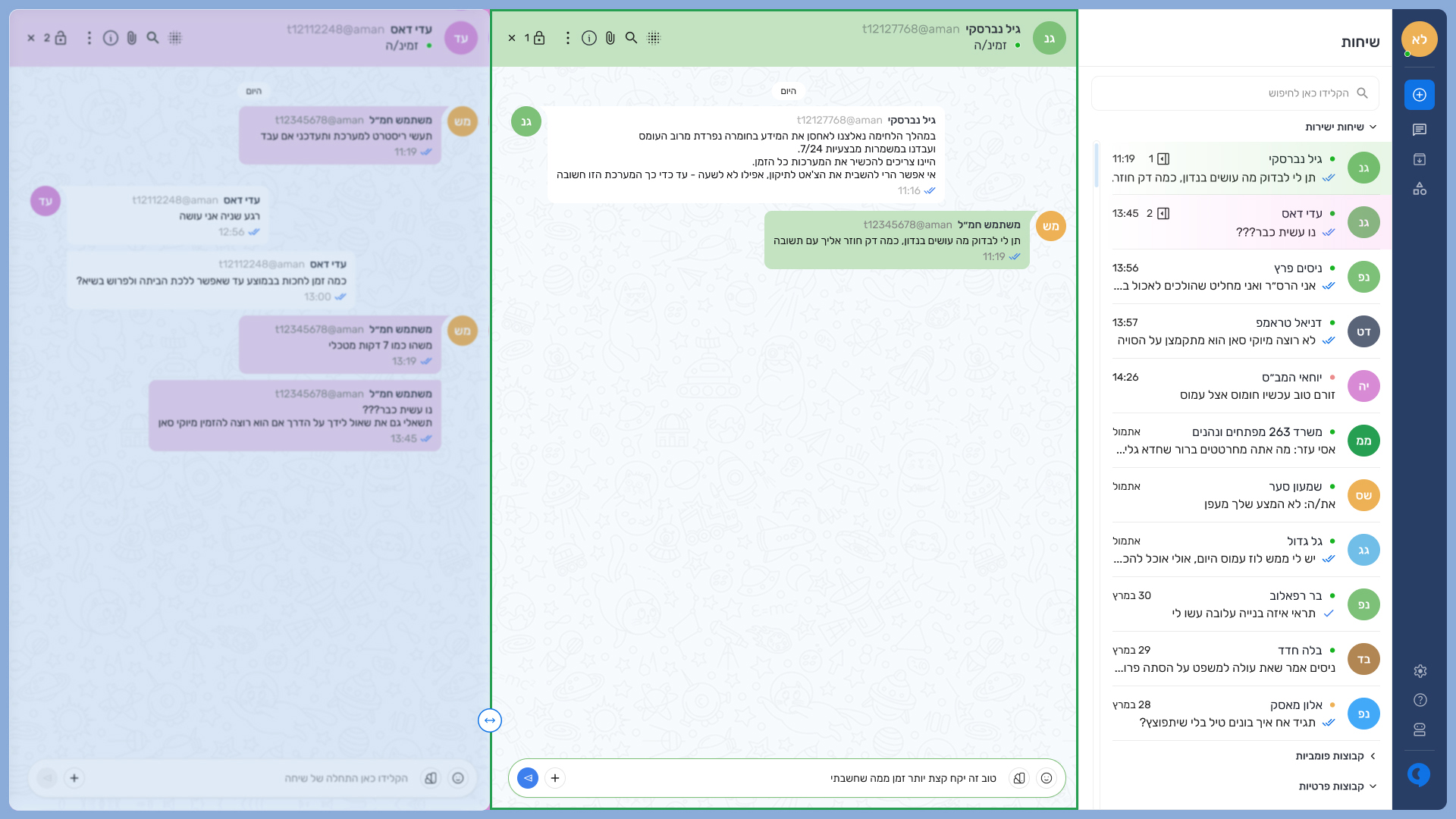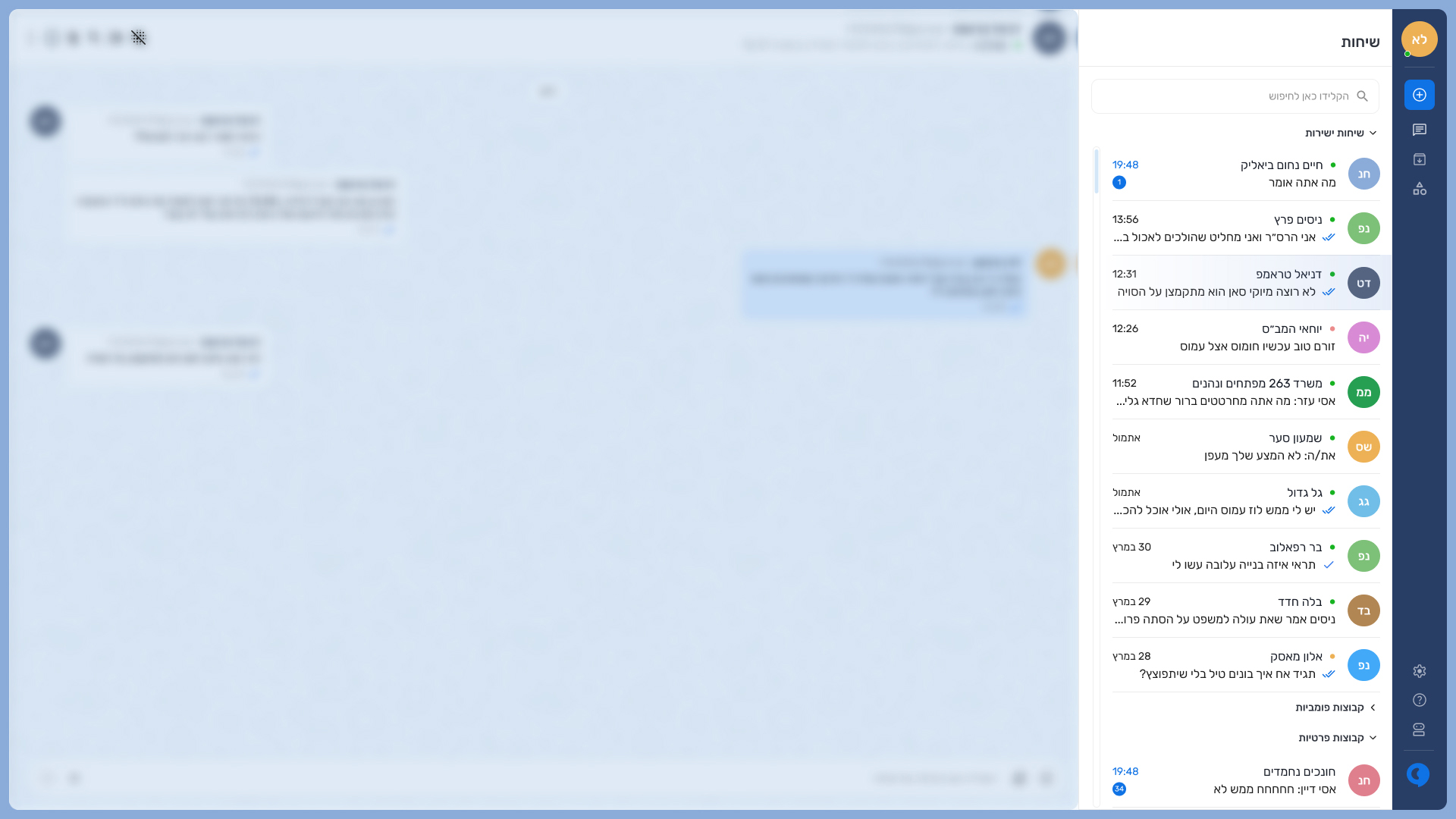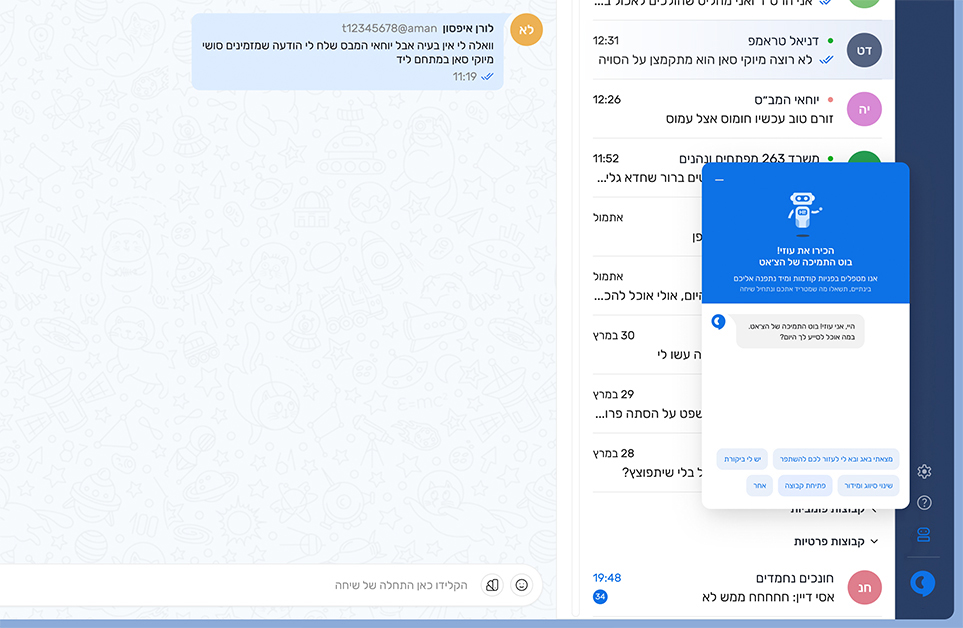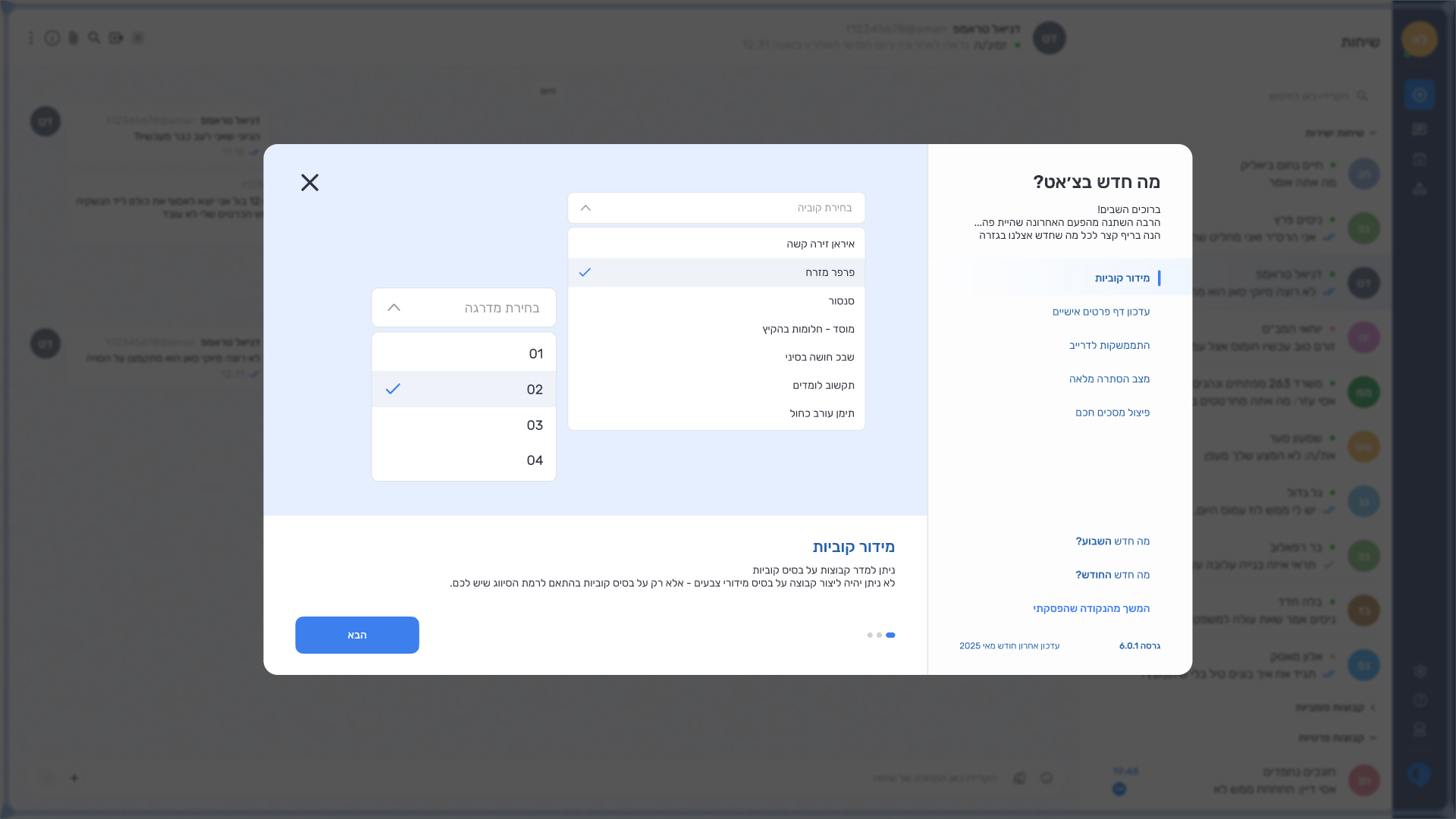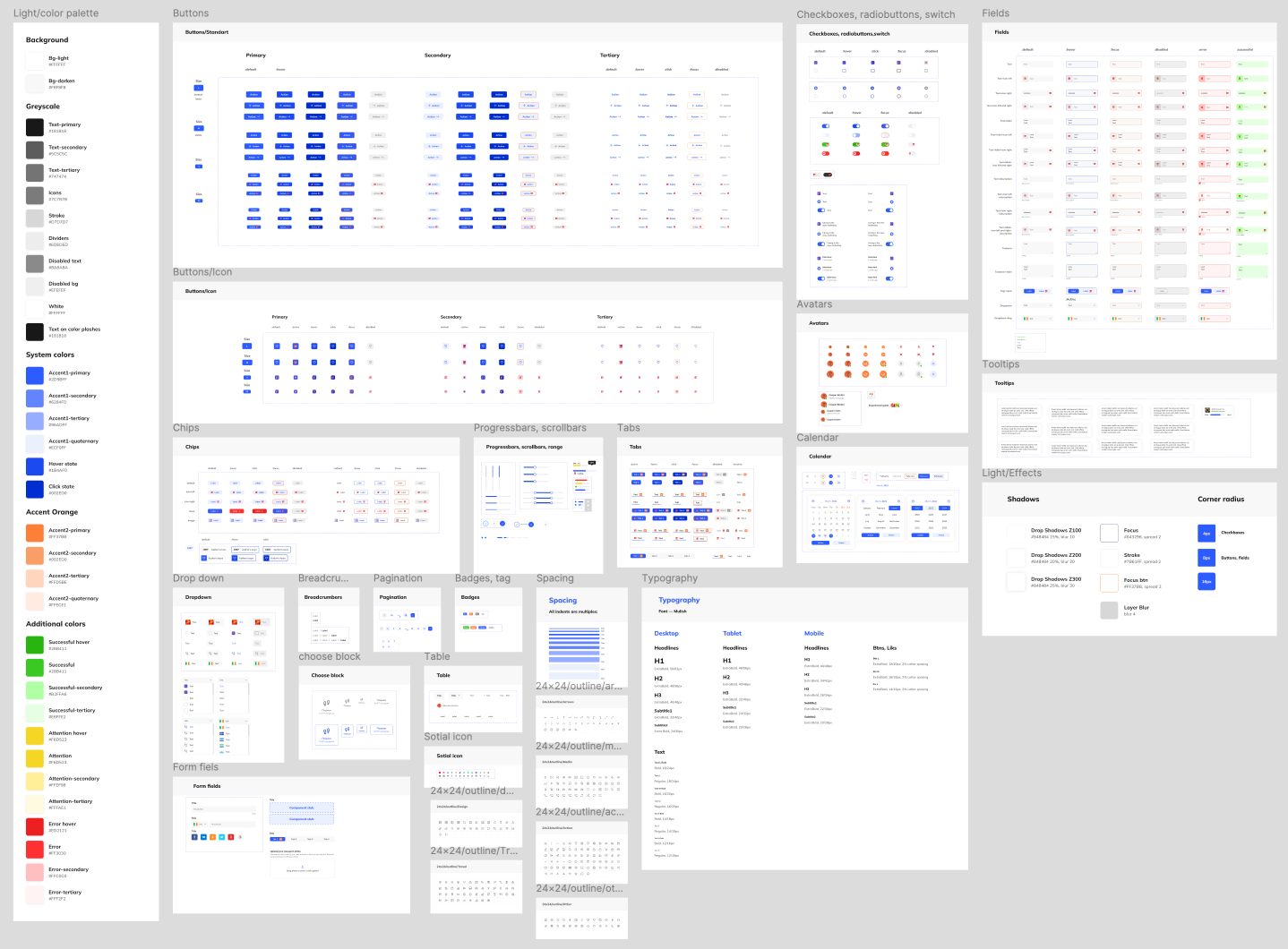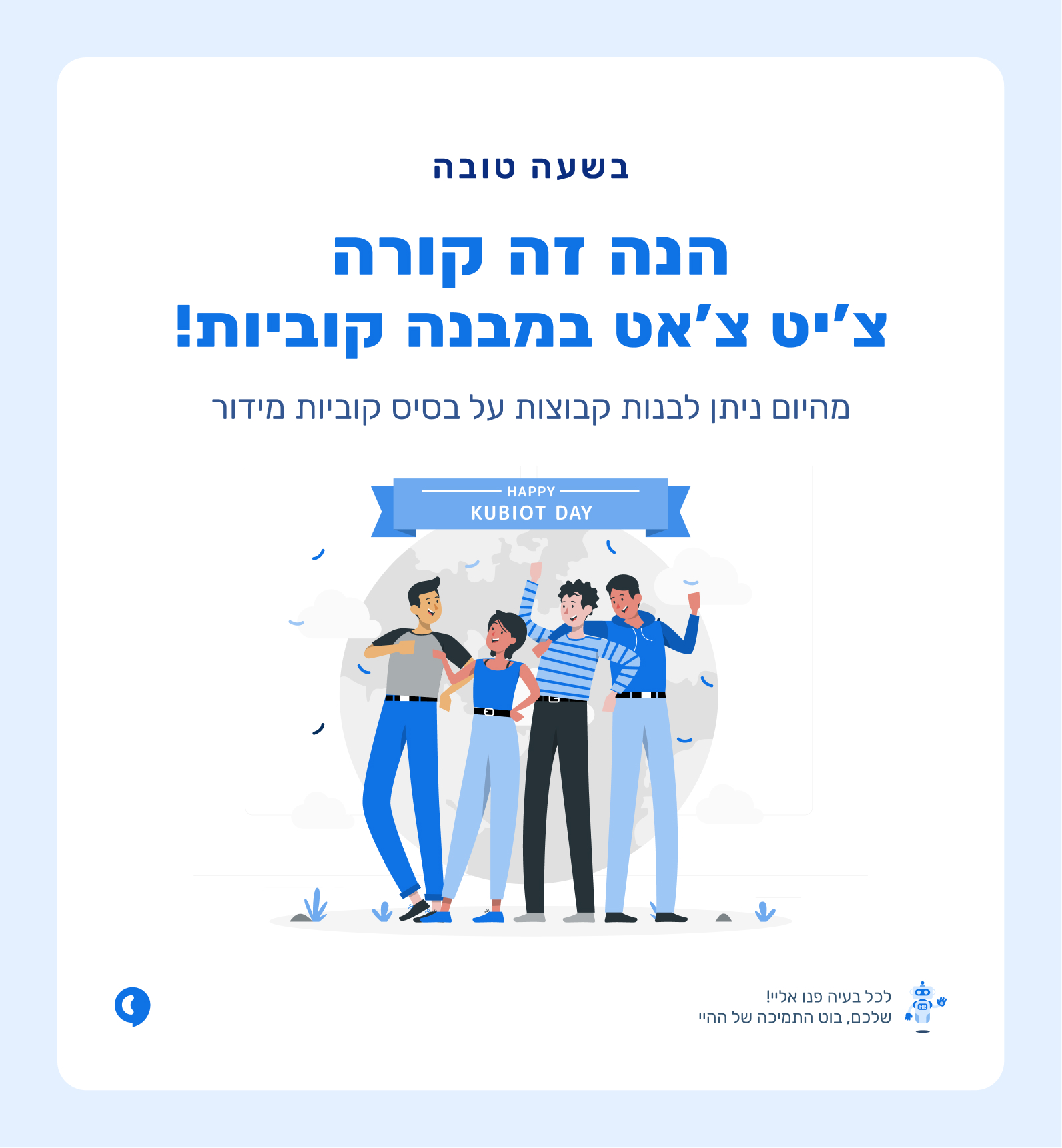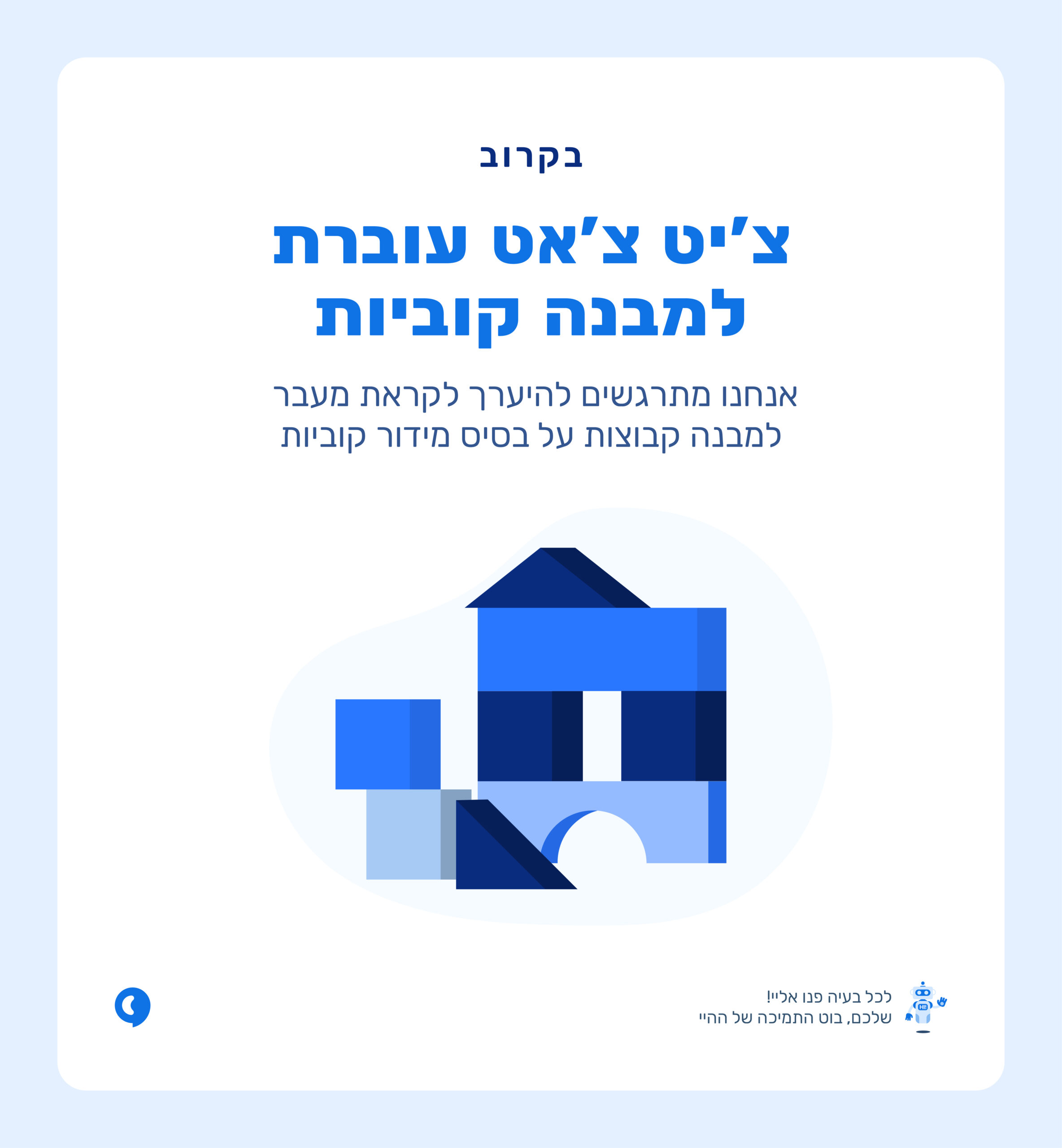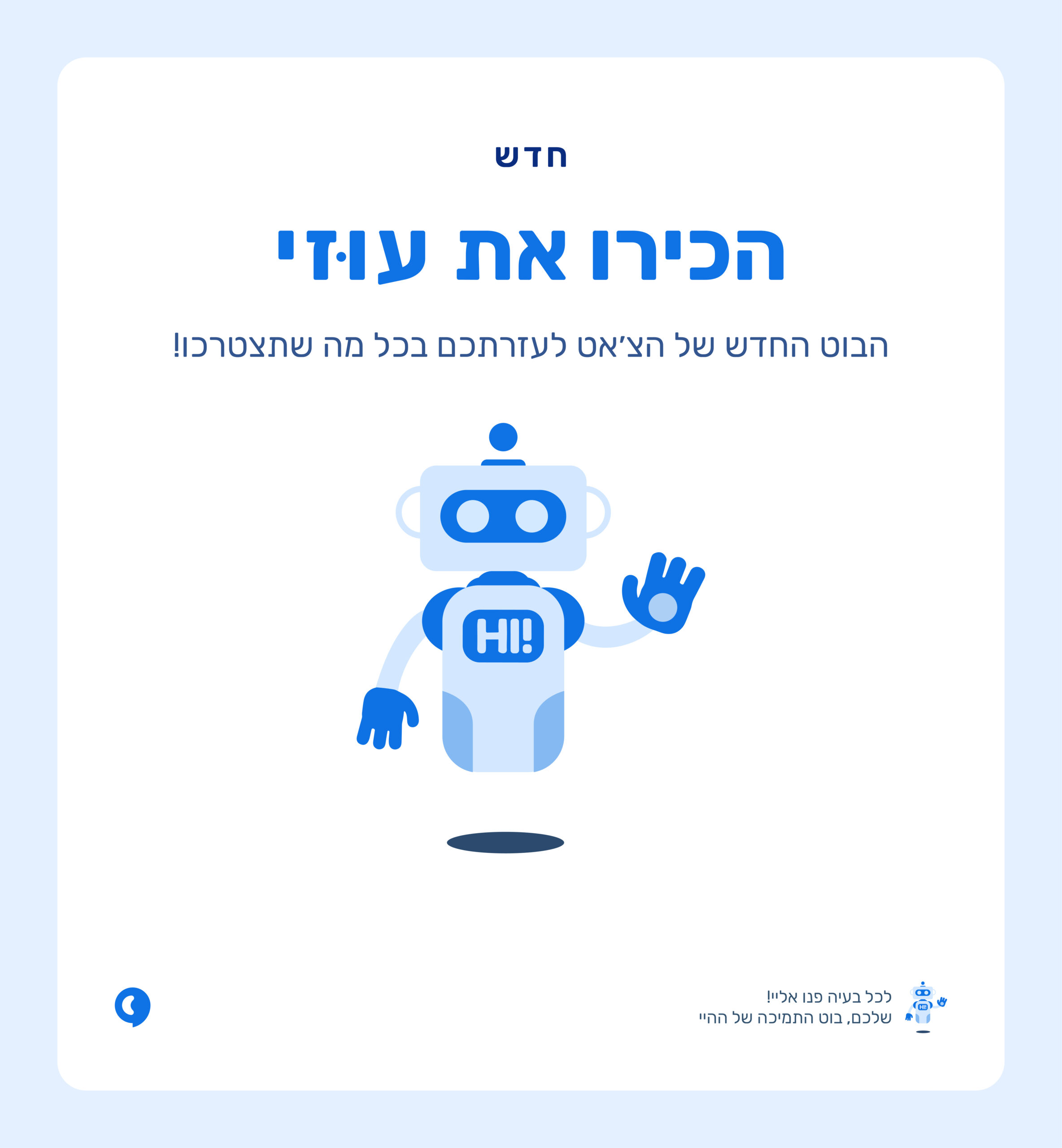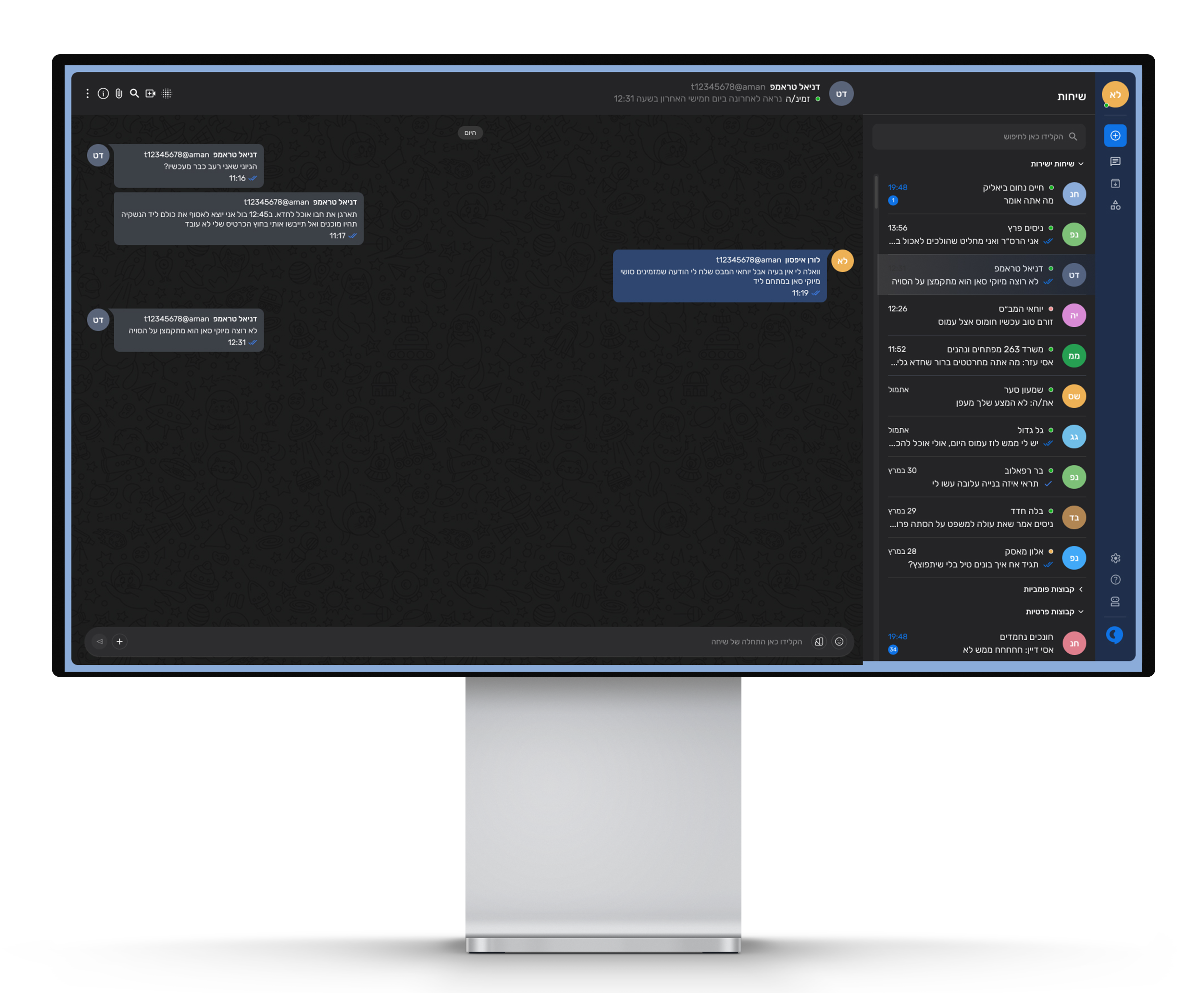Highlights through the process
With the help of product managers and team leads, I was able to create, test, build
and characterize both the responsive web app and the native mobile app.
We built strong trusting relationships with the development team, who helped us connect to external customers and internal field service engineers. We set up weekly calls where we learned more about the domain and functionality while also validating our designs as we went.
Since we had to be conservative with layout changes and we had to be mindful of the deadline, I decided to focus most of my “redesign energy” on the main usability problems of the most frequently used areas of the system.
We had many rounds of user testing to validate those UI improvements.
We also set up a mid-sprint design review. We did this because design feedback during sprint demos snowballed the JIRA tasks into the next sprint. Having a design review mid-sprint allows for a wider scope of revisions with at least 5 days to fix them, this helped us stay on track with design throughout the project.
Throughout the process, I collaborated closely with developers, researchers, and product managers to ensure design feasibility and consistency. This alignment between disciplines helped streamline decision-making and maintain a shared vision from concept to delivery.
